Home>Dining>Tableware>When Were Salt And Pepper Shakers Invented?


Tableware
When Were Salt And Pepper Shakers Invented?
Modified: January 2, 2024
Discover the history of tableware with the invention of salt and pepper shakers. Learn when these essential kitchen accessories were first created and how they have evolved over time.
(Many of the links in this article redirect to a specific reviewed product. Your purchase of these products through affiliate links helps to generate commission for Storables.com, at no extra cost. Learn more)
Introduction
Welcome to the fascinating world of tableware! In any well-set dining table, the salt and pepper shakers hold a special place. These tiny containers have become an essential part of our meals, adding flavor and enhancing the overall dining experience. But have you ever wondered when and how salt and pepper shakers were invented? Join us on a journey through the history of these humble seasonings and their iconic containers.
Throughout history, salt and pepper have been prized for their ability to enhance the taste of food. Salt was treasured for preserving and flavoring food, while pepper was sought after for its aromatic and spicy qualities. In ancient times, both were considered valuable commodities, often traded as currency. As global exploration and trade expanded, so did the popularity and accessibility of salt and pepper.
In the early days, salt and pepper were typically stored in separate containers. Salt was commonly kept in small dishes or bowls, while pepper was stored in pouches or ground at the table using personal grinders. This separation was due to the distinct nature of these seasonings and their different serving methods.
However, as dining etiquette evolved and the need for convenience arose, the idea of combining salt and pepper into a single container emerged. This new invention would allow for easy access to both seasonings simultaneously, simplifying the dining experience.
The first recorded use of combined salt and pepper containers dates back to the Victorian era in England, around the 18th century. These early shakers were often made of porcelain and featured separate sections for salt and pepper. They were meticulously crafted, adding an elegant touch to the dining table.
As the demand for salt and pepper shakers grew, artisans began experimenting with alternative materials and designs. Glass, silver, and ceramic became popular choices, offering a variety of styles, shapes, and colors. Some shakers featured intricately carved patterns or delicate hand-painted designs, showcasing the craftsmanship of the artisans.
In the modern era, technological advancements have further revolutionized salt and pepper shaker designs. Magnetic closures, adjustable grinders, and innovative mechanisms for dispensing just the right amount of seasoning have become common features in contemporary shakers.
Today, salt and pepper shakers have evolved beyond their utilitarian purpose and have become collectibles in their own right. Antique and vintage shakers are highly sought after by enthusiasts and collectors, who appreciate the historical value and unique designs of these tabletop treasures.
So, the next time you reach for the salt and pepper shakers on your dining table, take a moment to appreciate the rich history and craftsmanship behind them. These seemingly simple containers hold a story of centuries-old culinary traditions, artistic expression, and practical innovation.
In the following sections, we will delve deeper into the early history of salt and pepper, explore the evolution of seasoning containers, uncover the first salt and pepper shakers, discuss popular designs and materials, and discover the modern innovations and collectibles that have emerged over time.
Key Takeaways:
- The invention of salt and pepper shakers during the Victorian era revolutionized dining by combining convenience and elegance, reflecting centuries of culinary traditions and craftsmanship.
- Salt and pepper shakers have evolved from practical containers to collectible art pieces, offering modern innovations like magnetic closures and adjustable grinders while preserving the charm of vintage and antique designs.
Early History of Salt and Pepper
Salt and pepper have been cherished seasonings for centuries, renowned for their ability to elevate the flavors of food. Let’s take a closer look at the early history of these essential seasonings and how they came to be prized ingredients in cuisines around the world.
Salt, also known as “white gold,” has a long and storied history. It was valued by ancient civilizations for its ability to preserve food, enhance flavors, and provide essential nutrients. In fact, salt was often used as a form of currency, traded among nations and even used to pay salaries, hence the origin of the word “salary.”
Pepper, with its rich, spicy flavor and aroma, has been equally cherished throughout history. It was once considered a luxury spice, reserved exclusively for the rich and powerful. Pepper played a vital role in the spice trade routes that connected the East and West, contributing to the exploration and colonization of new territories.
The demand for salt and pepper rapidly increased as trade routes expanded and culinary tastes evolved. The spice trade boomed, and both salt and pepper became more accessible to people from various walks of life.
In ancient Rome, salt was a highly prized commodity, often used as a form of payment for soldiers. The phrase “worth his salt” originated from this practice, indicating someone’s value or competence. Pepper, on the other hand, was imported from India and was known as “black gold,” due to its high value and desirability.
During the Middle Ages, spice traders, such as the Venetians, held a monopoly over the spice trade. They would sail to far-flung destinations, like India, to acquire precious spices, including pepper. The scarcity and exotic nature of the spices made them extremely valuable, and the Venetians controlled their distribution, thereby dictating the prices.
As exploration and trade routes expanded, the demand for salt and pepper continued to rise. European powers eagerly sought out new lands to establish trade relationships and secure access to these coveted spices. Portuguese explorers played a significant role in this regard, venturing into the Indian Ocean and eventually establishing sea routes to the Spice Islands.
The discovery of new trade routes, the opening of spice markets, and the proliferation of salt pans led to a decrease in the price of salt and pepper. As a result, these seasonings became more affordable and accessible to people from all walks of life.
Over time, the culinary world transformed as the use of salt and pepper became essential in various cuisines. Both seasonings were seen as necessary ingredients to bring out the natural flavors of food, and their universal appeal ensured their place on dining tables across the globe.
With their rich history and global significance, salt and pepper continue to be an integral part of our culinary traditions. So, the next time you sprinkle a bit of salt or grind fresh pepper onto your food, you can appreciate the centuries of culture and exploration that have shaped these humble seasonings into beloved culinary staples.
The Evolution of Seasoning Containers
As the demand for salt and pepper grew, so did the need for convenient and accessible storage solutions. Let’s explore the evolution of seasoning containers throughout history, leading up to the invention of the iconic salt and pepper shakers we know today.
In ancient times, salt and pepper were often stored separately. Salt was kept in small dishes or bowls, while pepper was commonly stored in cloth pouches or ground at the table using personal grinders. These methods allowed individuals to season their food according to their own taste preferences.
As dining etiquette evolved, a desire for convenience and practicality emerged. The idea of combining salt and pepper into a single container gained popularity. This concept would not only simplify the dining experience but also make it easier to pass and share seasonings during meals.
The first recorded use of combined salt and pepper containers dates back to the Victorian era in England, around the 18th century. These early containers, known as “caster sets,” consisted of separate compartments or shakers for salt and pepper. This design allowed for a controlled and measured release of seasonings, ensuring a consistent flavor while dining.
The earliest salt and pepper containers were often made of porcelain, glass, or silver. Craftsmen adorned them with intricate patterns, delicate engravings, or hand-painted designs, adding a touch of elegance to the dining table. These containers were commonly referred to as “condiment sets” and were considered a symbol of sophistication and refinement.
With the advent of industrialization in the 19th century, advancements in manufacturing techniques allowed for the mass production of salt and pepper containers. This led to a wider variety of designs, materials, and styles to choose from. Glass became a popular choice for its transparency, allowing users to easily identify the contents inside.
In the mid-20th century, ceramic materials gained prominence. Collectible salt and pepper shakers in whimsical shapes and figurines became popular, often depicting animals, characters, or objects. These novelty shakers added a fun and quirky element to the dining experience, becoming collectibles in their own right.
In recent decades, modern innovations have further revolutionized seasoning containers. Magnetic closures have replaced traditional screw tops, providing a secure seal and easy access. Adjustable grinders allow users to control the coarseness of freshly ground salt and pepper, ensuring the desired intensity of flavor.
Creative and functional designs have also emerged, catering to various preferences and needs. Some shakers feature multiple compartments, allowing for the storage of different types of salts or peppers. Others incorporate built-in mechanisms for measuring or dispensing precise quantities of seasoning.
Today, salt and pepper shakers come in an array of materials, styles, and designs. From minimalist and sleek to vintage-inspired or avant-garde, there is a seasoning container to suit every taste and aesthetic. Additionally, artisanal and handmade shakers have gained popularity, valued for their uniqueness and craftsmanship.
The evolution of seasoning containers reflects not just our practicality but also our desire for functional and aesthetically pleasing tableware. Salt and pepper shakers have become more than just vessels for holding seasonings – they are now an expression of personal style, adding a touch of charm and personality to our dining experiences.
In the next section, we will uncover the intriguing story of the first salt and pepper shakers and their impact on the culinary world.
The First Salt and Pepper Shakers
The invention of the first salt and pepper shakers revolutionized the way we season our food and brought convenience and elegance to the dining table. Join us as we explore the intriguing story behind the creation of these iconic tabletop accessories.
The concept of combining salt and pepper into a single container emerged during the late 18th century, particularly during the Victorian era in England. These early salt and pepper shakers were known as “caster sets” and were designed with separate compartments or shakers for salt and pepper.
Made from materials such as porcelain, glass, or silver, the earliest salt and pepper shakers were a symbol of sophistication and refinement. Craftsmen meticulously adorned them with intricate patterns, delicate engravings, or hand-painted designs, adding an exquisite touch to the dining table.
The Victorians recognized the practicality of having salt and pepper readily available in one place, allowing for easy access and a controlled release of seasonings. This innovation made it easier for individuals to season their food according to their taste preferences, without the need for separate containers or personal grinders.
As the popularity of salt and pepper shakers grew, so did the variety of designs. Some shakers featured ornate handles or spouts, reminiscent of miniature pitchers or teapots. Others had elegant shapes, such as elongated cylinders or spherical forms. Each design offered a unique aesthetic that added to the overall charm of the dining experience.
During the mid-19th century, salt and pepper shakers started to become more accessible to a wider audience due to advancements in manufacturing techniques. This led to the mass production of shakers, making them more affordable and available in various shapes, sizes, and materials.
Glass quickly gained popularity as a material for salt and pepper shakers. Its transparent nature allowed users to easily identify the contents inside, making it practical and visually appealing. Glass shakers were often decorated with patterns or designs using techniques like etching or embossing.
In addition to glass, ceramic materials became prevalent in salt and pepper shaker production. Artisans and manufacturers began creating novelty shakers in the shape of animals, characters, or everyday objects. Collecting these whimsical and often charming figurines became a popular hobby, and these shakers developed a cult following.
In recent years, the collectibility of salt and pepper shakers has continued to grow. Vintage and antique shakers are highly sought after by collectors who appreciate the historical value and the craftsmanship of these kitchen artifacts.
Today, salt and pepper shaker designs continue to evolve, incorporating modern innovations and catering to various preferences and needs. Magnetic closures, adjustable grinders, and measuring mechanisms are just some of the features that enhance the functionality and versatility of these tabletop accessories.
The invention of the first salt and pepper shakers revolutionized the way we season our food, bringing convenience, elegance, and creativity to the dining table. These coveted vessels continue to add whimsy and charm to our meals, reminding us of the rich history and artistry associated with something as seemingly simple as seasoning.
In the next section, we will delve into the popular designs and materials used in salt and pepper shakers throughout history.
The first known salt and pepper shakers were invented in England in the 17th century. They were made of silver and had screw-on perforated tops.
Popular Designs and Materials
Salt and pepper shakers have not only provided a practical means of seasoning our food but have also served as decorative pieces that add personality and style to our dining tables. Let’s explore some of the popular designs and materials that have graced salt and pepper shakers throughout history.
1. Porcelain: Porcelain has long been a favored material for salt and pepper shakers due to its delicate and elegant appearance. Its smooth texture provides a clean canvas for intricate hand-painted designs, often featuring floral motifs, geometric patterns, or scenes depicting nature. Porcelain shakers exude a sense of sophistication and are commonly associated with formal dining settings.
2. Glass: Glass shakers have a transparent and contemporary look, allowing users to see the contents inside. The clear glass provides a sleek and modern aesthetic, while colored glass can add a pop of vibrancy to the table. Etching or embossing techniques can be employed to create patterns or designs on the glass surface, adding visual interest and texture.
3. Silver: Silver shakers exude elegance and luxury. They are often crafted with intricate engravings or embossed designs, showcasing the skill of the silversmith. Antique silver shakers, particularly those from the Victorian or Art Deco periods, are highly sought after by collectors. Silver-plated shakers are also popular alternatives, offering a similar aesthetic at a more affordable price.
4. Ceramic: Ceramic shakers provide a versatile canvas for creative designs. Artisans and manufacturers have produced a wide range of shapes and styles, from classic cylindrical forms to whimsical figurines and novelty shapes. Ceramic shakers can feature hand-painted designs, glazes, or even textured surfaces, adding a touch of artistry and character to the tabletop.
5. Stainless Steel: Stainless steel has gained popularity for its durability and sleek, modern appearance. Shakers made from stainless steel often have minimalist designs, with smooth, polished surfaces. They are characterized by their clean lines and contemporary aesthetic, making them suitable for both casual and formal dining settings.
6. Wood: Wooden salt and pepper shakers bring a rustic and natural charm to the dining table. They can be carved from various types of wood, such as maple, oak, or walnut, and can feature intricate patterns or simple, minimalist designs. Wood adds warmth and a touch of nature to the overall ambiance, making it a popular choice for eco-conscious individuals or those looking for a unique and organic aesthetic.
7. Novelty and Collectible Designs: Salt and pepper shakers have also become highly collectible items, with collectors actively seeking out unique, rare, and novelty designs. Figurines shaped like animals, characters, or objects have gained popularity, often showcasing a sense of whimsy and personal expression. These one-of-a-kind shakers add a playful touch to the dining experience and can bring a smile to both collectors and guests alike.
Whether it’s the timeless elegance of porcelain, the contemporary allure of glass, or the charm of wooden shakers, the design and material of salt and pepper shakers offer endless possibilities to cater to various tastes and decor styles. By selecting shakers that encapsulate your personal aesthetic, you can not only enhance your dining experience but also add a touch of individuality to your table setting.
In the next section, we will uncover some of the modern innovations and collectible aspects that have emerged in the world of salt and pepper shakers.
Modern Innovations and Collectibles
In the ever-evolving world of salt and pepper shakers, modern innovations have brought practicality and functionality to these beloved table accessories. Let’s explore some of the exciting innovations and collectible aspects that have emerged in recent years.
1. Magnetic Closures: Traditional screw-top salt and pepper shakers have been replaced with magnetic closures. This innovative feature ensures a secure seal, preventing any accidental spills or leaks. The magnetic closure not only enhances the functionality of the shakers but also adds a sleek and seamless aesthetic.
2. Adjustable Grinders: Many modern salt and pepper shakers now come equipped with adjustable grinders. These grinders allow users to customize the coarseness of the salt or pepper, catering to individual preferences. The ability to freshly grind salt and pepper adds an extra element of flavor and aroma to the dining experience.
3. Measuring Mechanisms: Some salt and pepper shakers incorporate built-in measuring mechanisms, enabling users to dispense precise quantities of seasoning. These mechanisms ensure consistent flavor and prevent over or under seasoning, allowing for greater control when adding salt and pepper to dishes.
4. Innovative Materials: The introduction of new materials has added a contemporary twist to salt and pepper shaker designs. Shakers made from materials such as silicone, acrylic, or even recyclable plastics offer durability, ease of use, and a sleek modern look. These materials also allow for a range of vibrant colors and unique shapes.
5. Multifunctional Shakers: To cater to different tastes and preferences, some salt and pepper shakers now feature multiple compartments for storing different types of salts or peppers. This ingenious design provides convenience, allowing users to easily access and switch between various seasonings while providing a space-saving solution on the dining table.
6. Limited Edition and Collectible Shakers: Salt and pepper shakers have evolved into highly collectible items, attracting enthusiasts and collectors from around the world. Limited edition sets featuring unique designs or collaborations with renowned artists or iconic brands are particularly sought after. Collectors appreciate the rarity, craftsmanship, and potential for investment value that these collectible shakers offer.
7. Vintage and Antique Shakers: The allure of vintage and antique salt and pepper shakers continues to captivate collectors. These timeless pieces have their own stories to tell, reflecting the craftsmanship and aesthetic preferences of their respective eras. Vintage shakers often exhibit art deco or mid-century modern influences, while antique shakers provide a glimpse into the history and heritage of centuries past.
8. Artistic Expressions: Many salt and pepper shakers have transformed into miniature works of art, showcasing intricate and creative designs. Talented artisans and designers use a variety of techniques, such as hand-painting, decoupage, or embossing, to add artistic flair to the shakers. These artistic expressions elevate the shakers from functional kitchenware to decorative pieces that enhance the overall dining experience.
With modern innovations and a flourishing market for collectible salt and pepper shakers, these tabletop accessories have become more than just functional items – they are now objects of desire, personalized style statements, and conversation starters. Whether you seek the convenience of adjustable grinders and magnetic closures, the uniqueness of limited edition sets, or the nostalgia of vintage and antique shakers, the world of salt and pepper shakers has something to offer for collectors and enthusiasts alike.
As we conclude our exploration into the history, designs, and innovations of salt and pepper shakers, we are reminded of the enduring appeal and significance of these humble yet ingenious culinary tools. So, the next time you reach for a salt or pepper shaker, appreciate the artistry, craftsmanship, and innovation that go into making these seemingly simple objects a delightful addition to your dining experience.
Conclusion
The history of salt and pepper shakers is a testament to the evolution of dining customs, craftsmanship, and innovative design. From the early days of separate seasoning containers to the invention of the iconic salt and pepper shakers, these humble yet essential tableware items have become an integral part of our culinary traditions.
Throughout time, salt and pepper have played vital roles in enhancing the flavors of food. The combination of these two seasonings into a single container brought convenience and elegance to the dining table. The first salt and pepper shakers, known as caster sets, emerged in the Victorian era, showcasing exquisite craftsmanship and ornate designs.
The popularity of salt and pepper shakers led to a diverse range of materials and styles. From delicate porcelain and timeless silver to modern glass and innovative stainless steel, the materials used in crafting these shakers reflect the changing tastes and preferences of different eras.
Modern innovations have brought practical features to salt and pepper shakers, such as magnetic closures, adjustable grinders, and measuring mechanisms. These advancements enhance the functionality and user experience. Additionally, the world of salt and pepper shakers has become a treasure trove for collectors, with limited edition sets, vintage pieces, and artistic expressions attracting enthusiasts from around the globe.
As we reach the end of our journey, it’s clear that salt and pepper shakers are more than just containers for seasonings. They embody centuries of culinary traditions, artistic expression, and practical ingenuity. These humble tabletop accessories have become an avenue for personal style, adding flair and charm to our dining experiences.
So, the next time you sit down for a meal and reach for the salt and pepper shakers, take a moment to appreciate the rich history and artistry behind these small yet significant objects. Allow them to spark conversations, elicit nostalgia, or simply elevate the aesthetics of your dining table.
Whether you prefer traditional elegance, contemporary designs, or whimsical collectibles, there is a salt and pepper shaker to suit your taste and complement your dining decor. Embrace the beauty and functionality of these iconic tabletop accessories, and let them enhance the flavors and enjoyment of every meal.
Here’s to the humble salt and pepper shakers, the unsung heroes of the dining table!
Frequently Asked Questions about When Were Salt And Pepper Shakers Invented?
Was this page helpful?
At Storables.com, we guarantee accurate and reliable information. Our content, validated by Expert Board Contributors, is crafted following stringent Editorial Policies. We're committed to providing you with well-researched, expert-backed insights for all your informational needs.
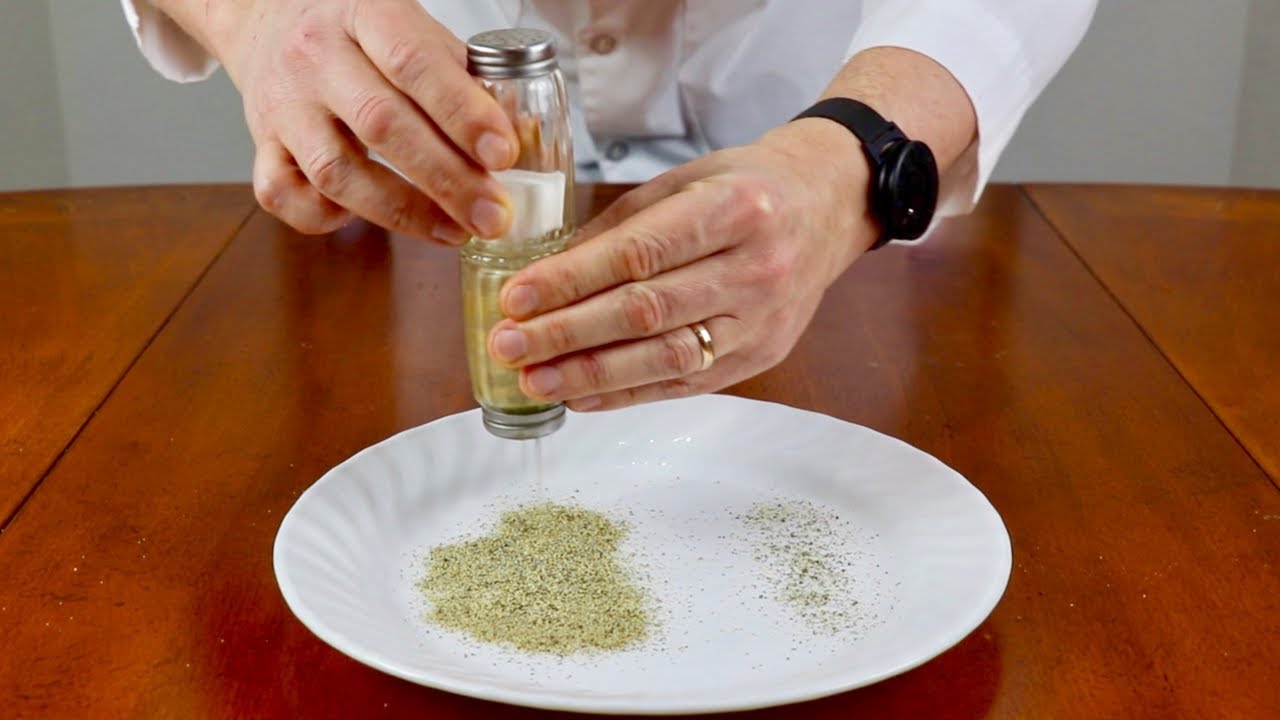
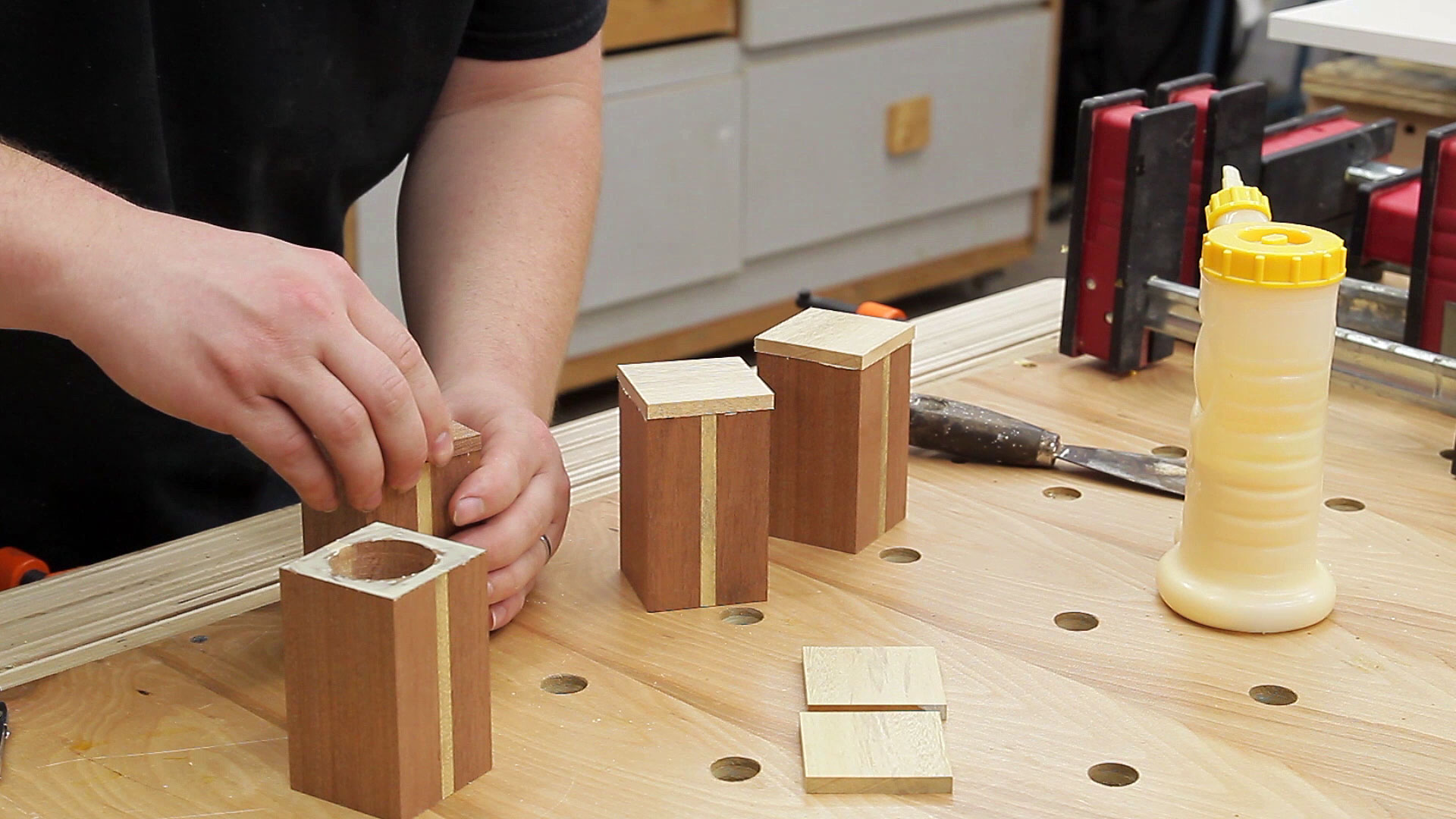

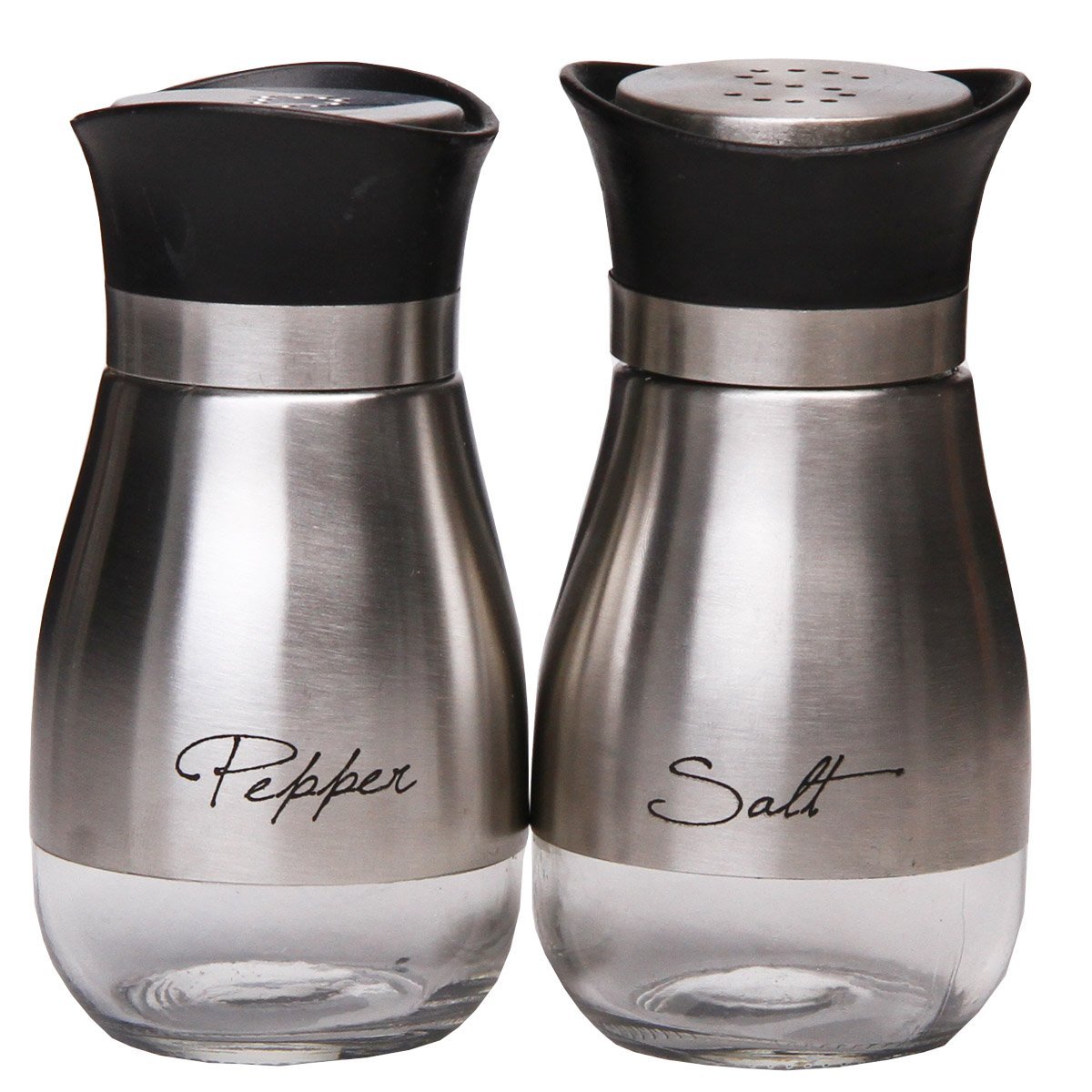
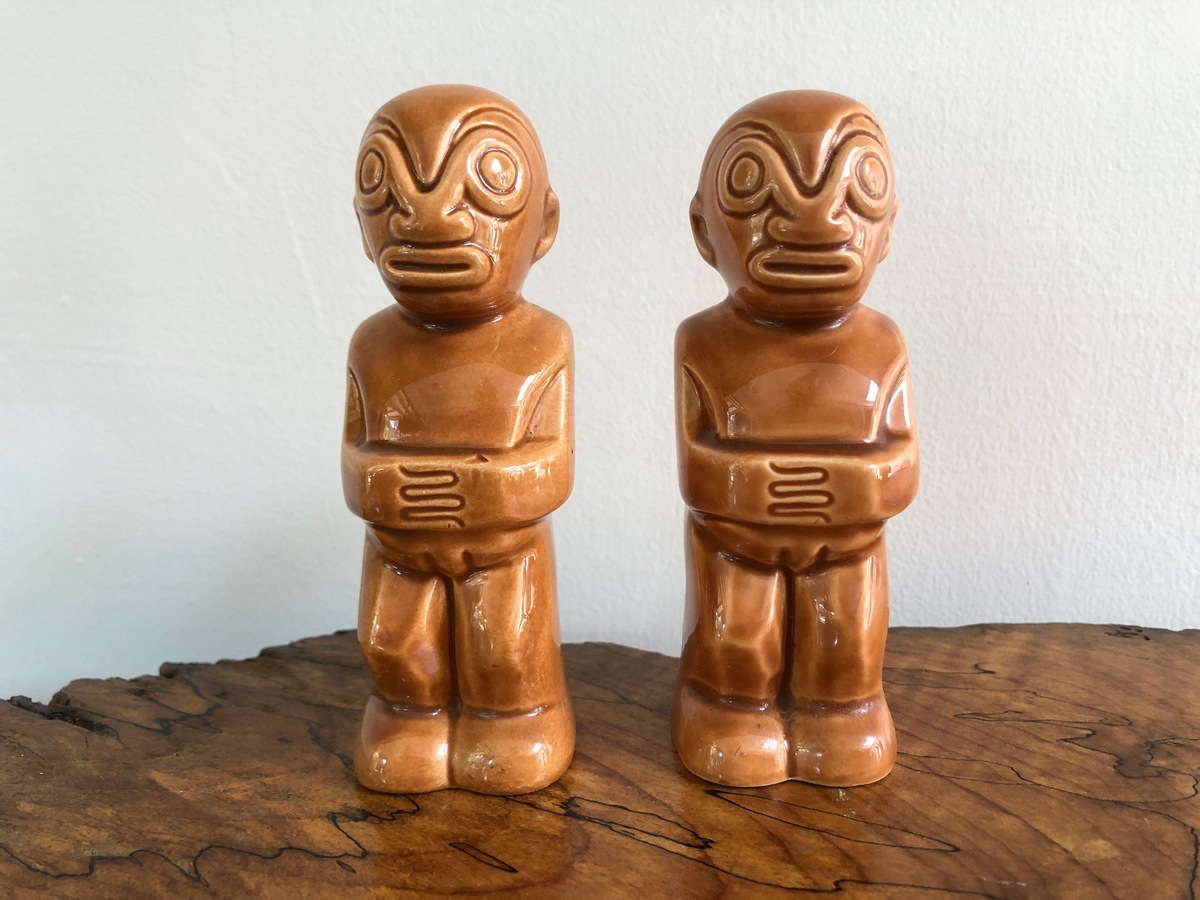
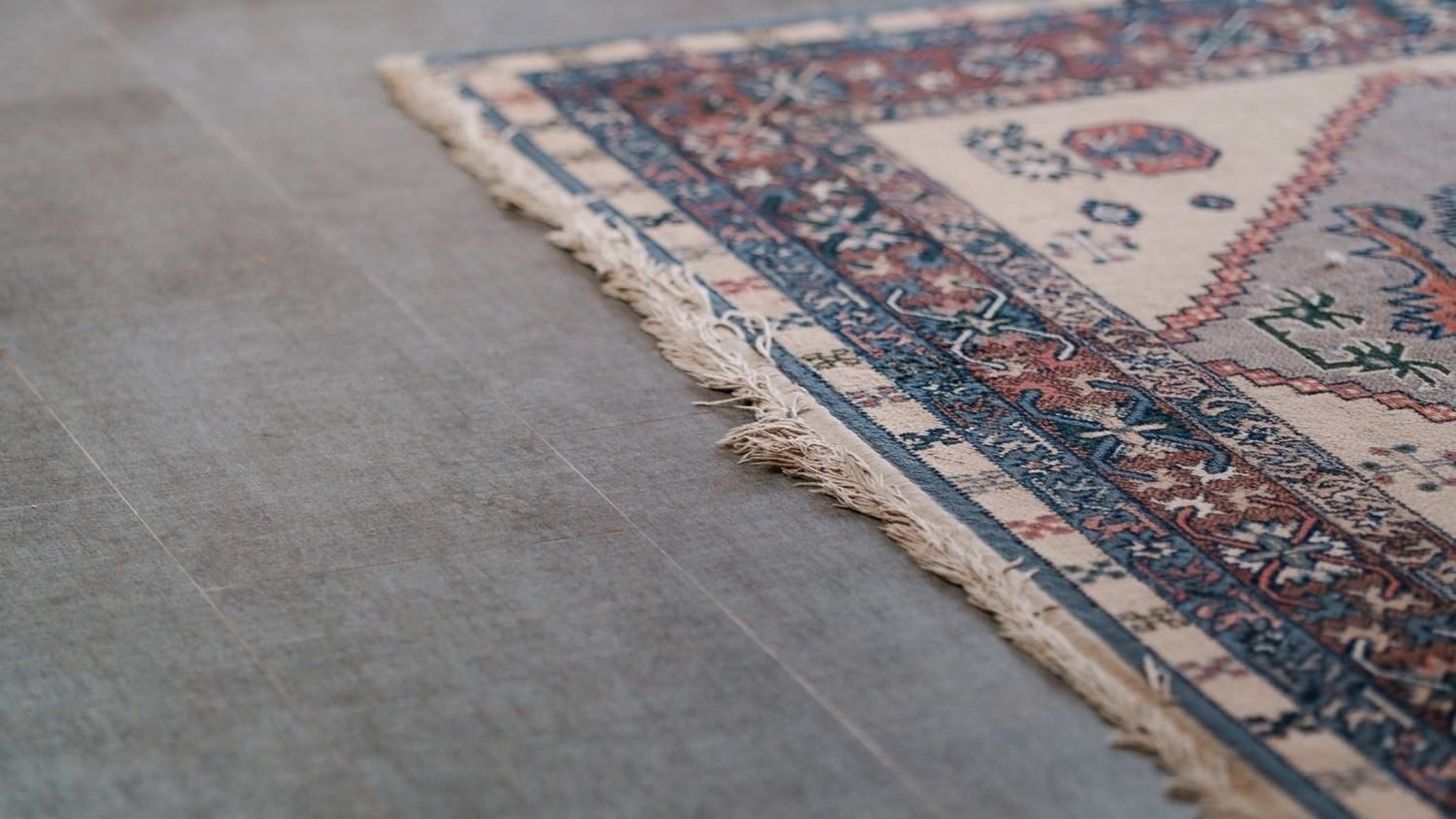
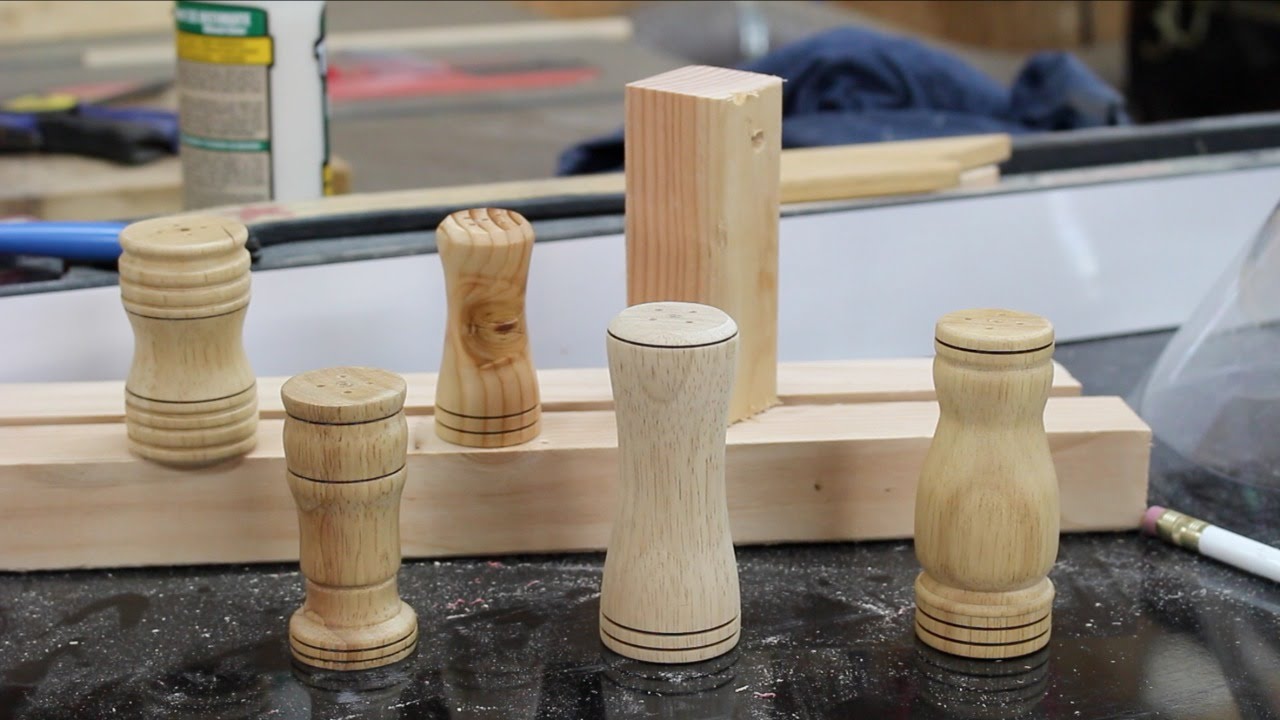
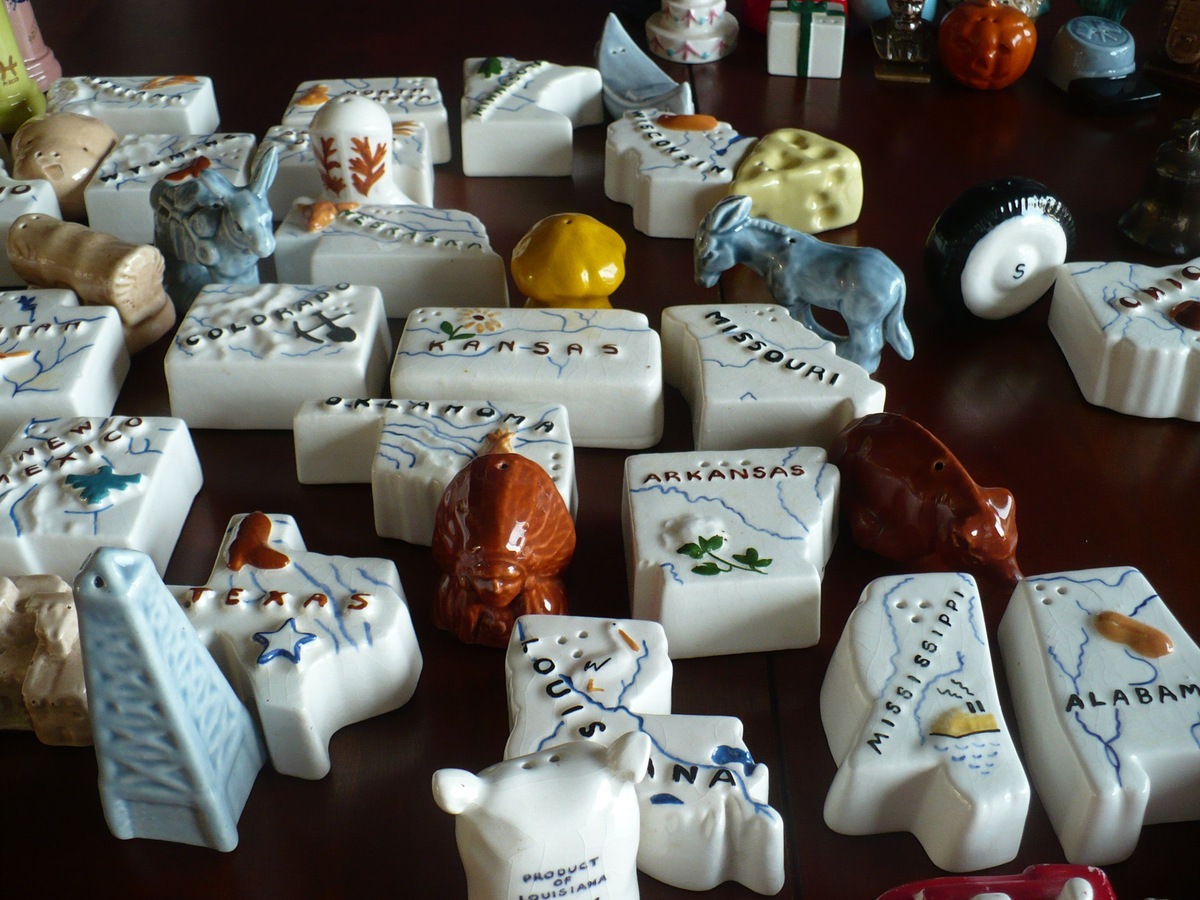
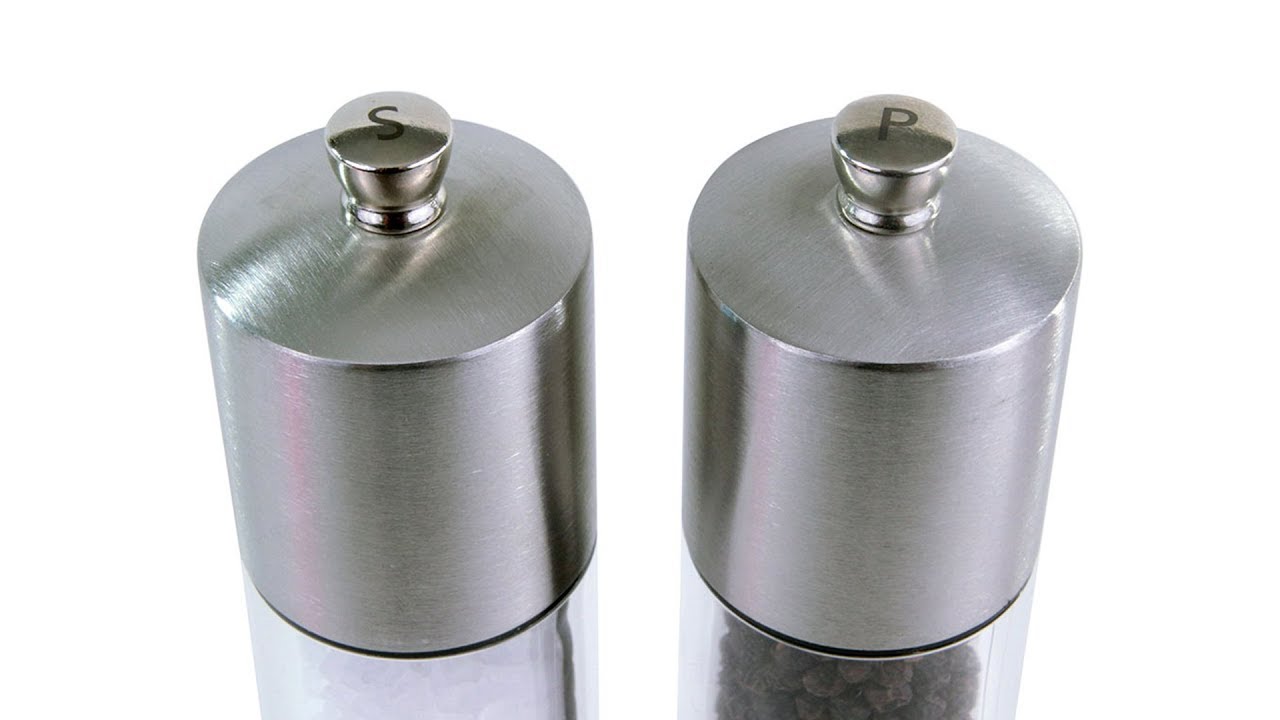
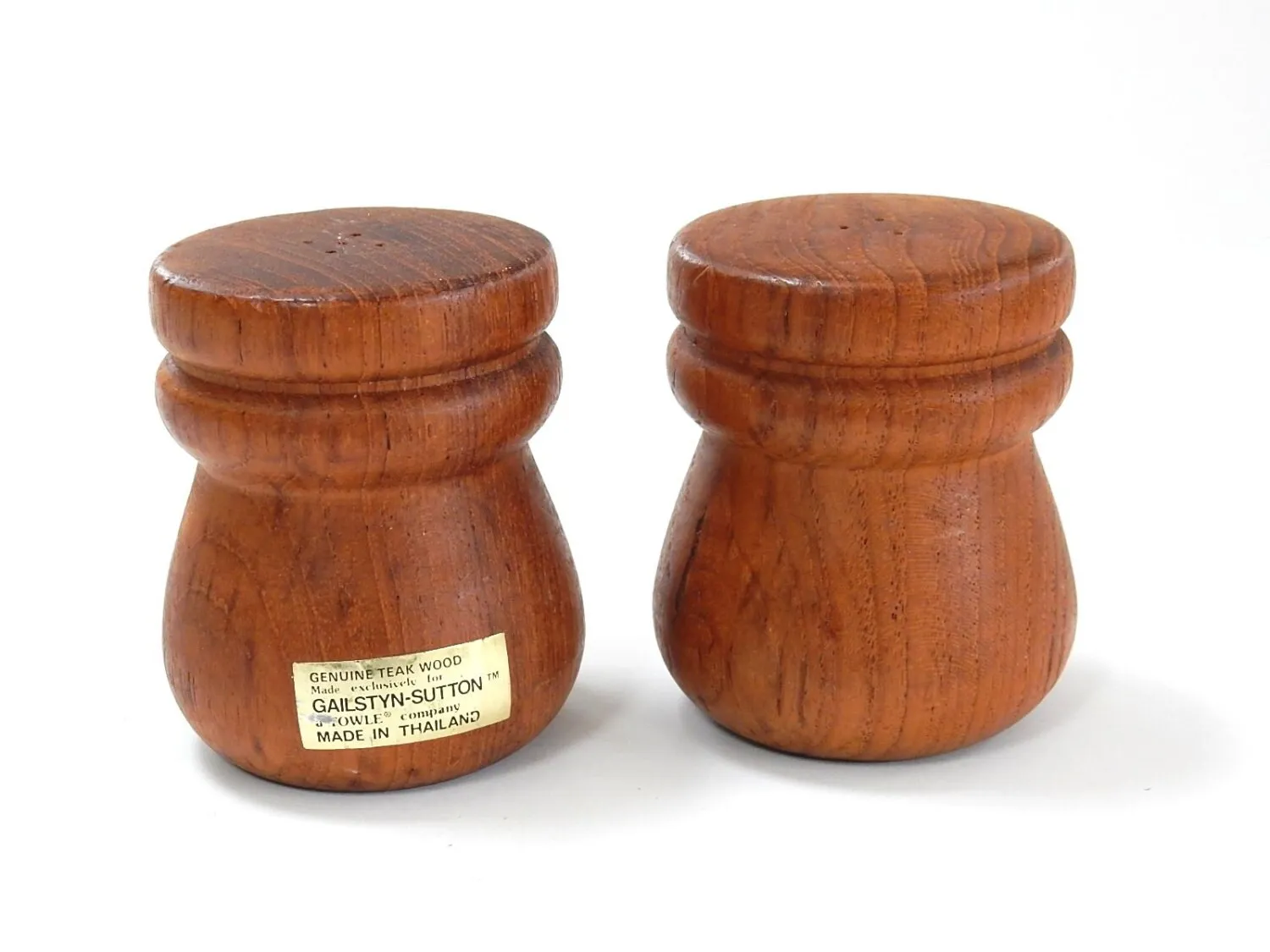
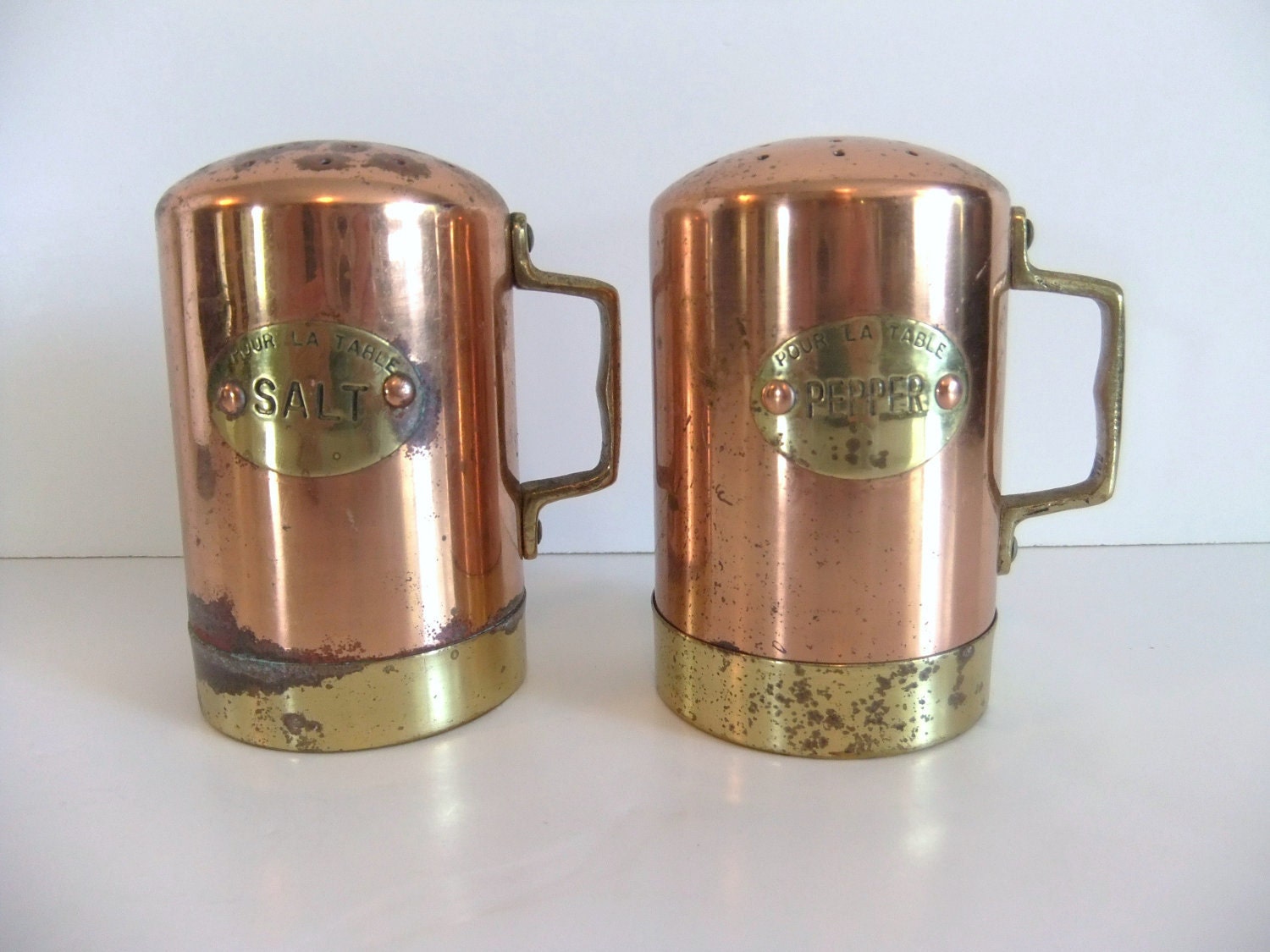
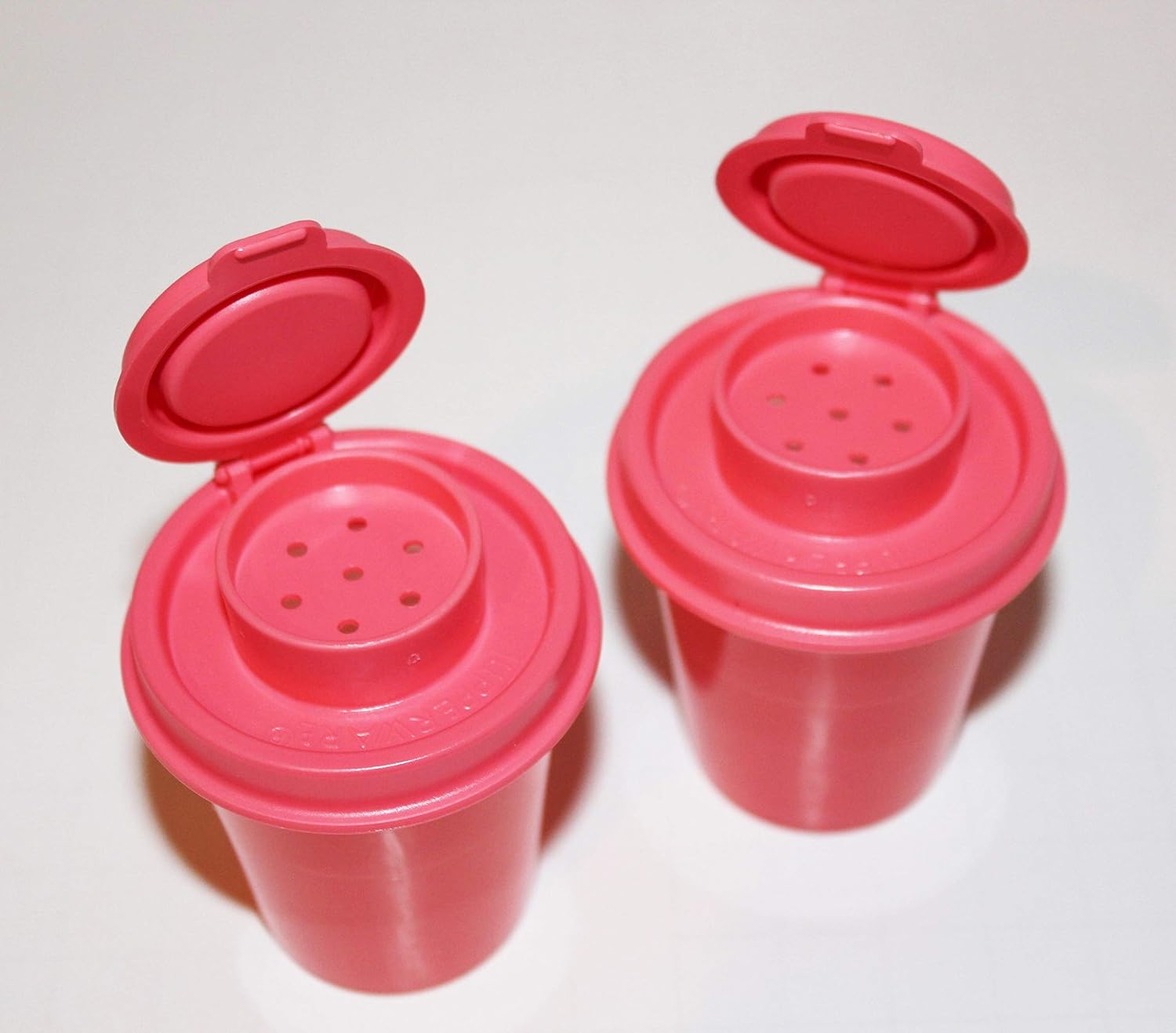



0 thoughts on “When Were Salt And Pepper Shakers Invented?”